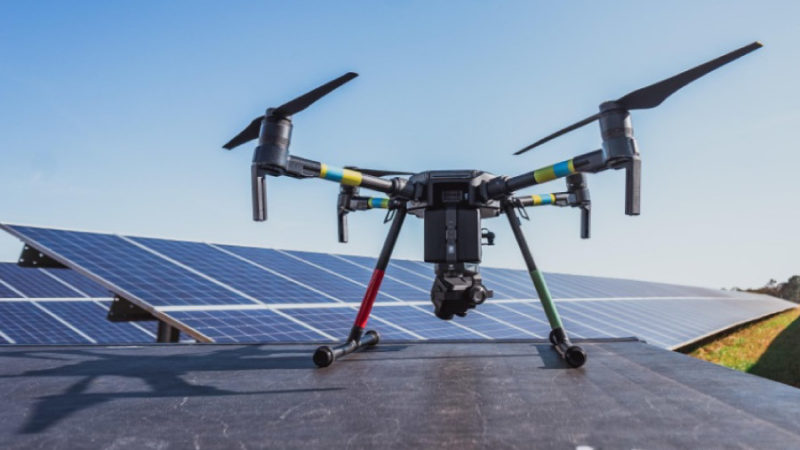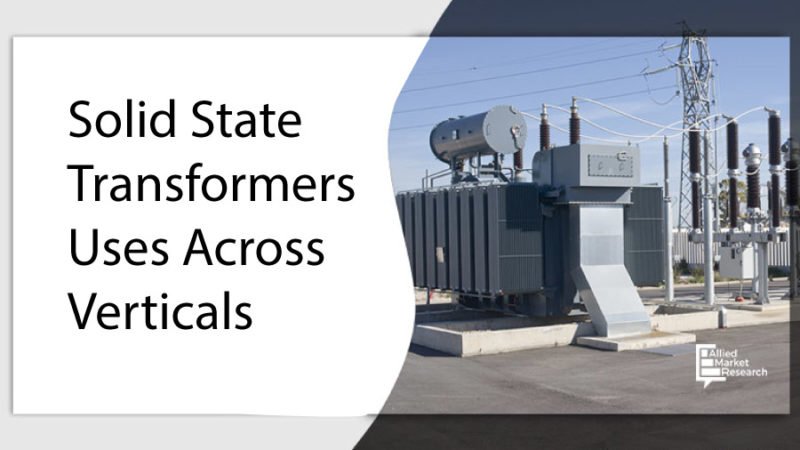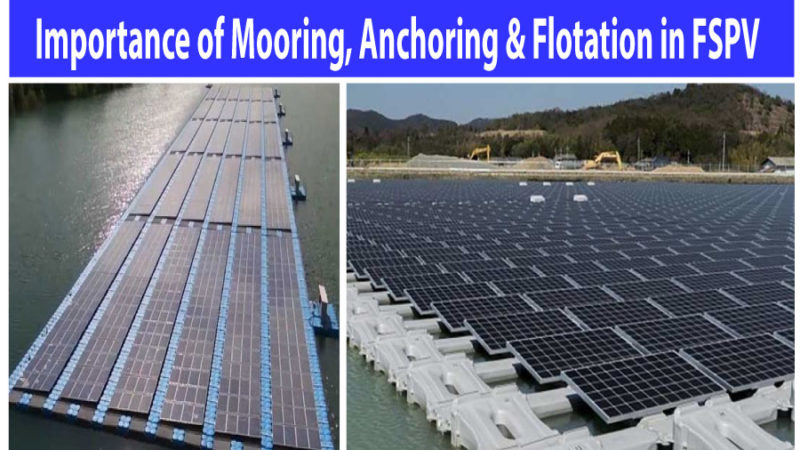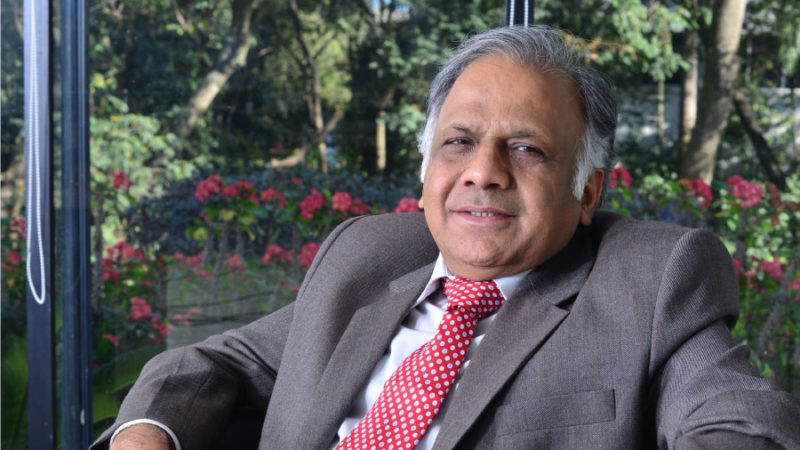“An energy system based only on renewables will never work because…”

Article by – Mr Henri van Boxtel, Energy Business Director, South Asia, Wärtsilä.
When it comes to renewables, it can be easy to jump to conclusions without the right insight. In decarbonising a power system, adding lots of renewables is effective, but ensuring that the power system is optimised and cost-efficient requires careful planning.
Since a vast number of wind turbines and solar panels are needed for carbon neutral power systems, sceptics have raised concerns about the viability of this. Here, we look at four typical arguments that have been circulating among critics recently, and how we at Wärtsilä add to the solutions.
1. Installing so many renewable power sources requires a lot of land that simply isn’t available
Solution: Plan the sites for wind and solar capacity jointly with other land use.
Yes, it’s true that wind turbines and solar panels need a certain amount of land. In addition, connecting these typically remote areas with consumption requires an electrical grid (and that also requires land). But how much land? Some estimates state that to decarbonise with solar PV, a small percentage of a country’s land area is needed, whereas with wind, more than 10% of land is required.
There is no way to avoid using land altogether, but there are ways to minimise the land use impact. For instance, wind turbines can be accommodated in areas that are already impacted by people, such as agricultural land. Turbines themselves have small direct land use, but the wind parks cover wide areas due to the distance needed between turbines. You could also explore possibilities inherent in offshore wind generation. For solar power, you should increasingly use roof-top solar, which integrates with buildings.
And finally: plan renewables alongside balancing technologies to efficiently accommodate them into the grid (with no curtailment) and hence, reduce the need of installations and space for renewables.
2. There is not enough grid to integrate all the renewables.
Solution: Conduct holistic grid and generation expansion planning, and use storage, too.
The best possible location for renewable generation is not necessarily close to the electricity demand (i.e., cities). Therefore, the locations need to be connected with transmission lines.
We can’t totally avoid grid expansion, but there are still some things you can do, such as holistic system planning. Grid expansions are long projects, so planning transmission expansion together with generation expansion is essential to ensure the efficient use of resources. It is crucial to include the landowners in the discussion as early as possible to ensure optimal locations for the assets and mitigate project delays.
Then you can use roof-top solar to generate electricity where the electricity consumption is and use solar PV instead of wind, since a solar plant’s potential location has fewer restrictions. Also, deploy storage with renewables to shift energy and thus improve the utilisation of transmission lines.
3. Renewables are not reliable because they depend on the weather.
Solution: Design the electricity market structure to ensure investments in flexible and firm capacity.
This much is true: wind and solar PV can generate affordable electricity, but they don’t provide firm and freely dispatchable capacity, which is required in the electrical grid. The sun doesn’t always shine, and the wind doesn’t always blow. Instead, they can reduce revenue made by conventional power plants and drive them out of business, reducing the amount of reliable capacity in the system.
On one hand, this is a positive consequence as old and high emitting generation leaves the system. On the other hand, this makes the system less reliable as it may not always be able to meet demand. The key is, once again, proactive planning. The system needs to be planned and markets designed in such a way that there are also investments in flexible and firm capacity along with renewables optimising the power system. This way, you ensure that old, inflexible and high emitting capacity can be closed down reliably.
4. A renewable power system cannot work because of lack of inertia.
Solution: Solve this challenge with technology.
Wind and solar PV are commonly connected to the grid via power electronic inverters, unlike conventional generation that has a direct electromechanical connection with large rotating mass. As renewables displace the kinetic energy of this rotating mass (inertia) from the grid, power imbalances cause “faster” transients, jeopardising the power system’s stable operation. As problems go, this one is technical by nature, and there is continuous development to solve the issue.
One particularly promising approach is to exploit the power electronics and their control to provide fast frequency response. For example, an energy storage system with an inverter can react extremely quickly in case of power imbalance in power system, therefore helping to stabilise it. This can support the system to operate with less high emitting conventional base load generation, and to integrate more renewables.
Connect with Power Insight: Facebook | LinkedIn | Twitter








